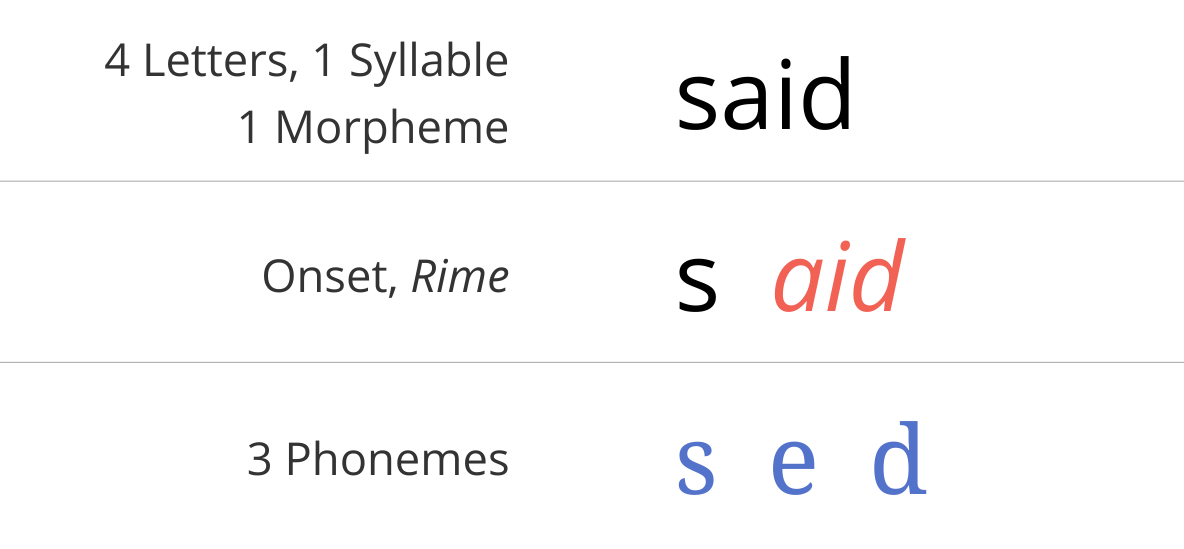In 1953, a popular myth claimed that Yale graduates who wrote down their goals were significantly more successful 20 years later than those who didn’t. The study was cited in self-help books, business seminars, and motivational speeches for decades. The only problem was that the study never happened. It was completely fabricated, a ghost statistic that wandered the halls of corporate training programs like a benevolent poltergeist. But it persisted. Like a bad penny, it kept showing up for decades.
Why?
Because it said what people wanted to believe: that clarity of ambition would bring control, that intention would yield destiny.
The cult of goal-setting thrives in this illusion. It converts uncertainty into an illusion of progress. It demands specificity in exchange for comfort. And it replaces self-trust with the performance of future-planning. That makes it wildly appealing to organizations, executives, and knowledge workers who want to feel like they’re doing something without doing anything unpredictable. But the more interesting question is: who is not setting goals? And why?
It turns out that many of the people doing genuinely innovative work avoid explicit goals entirely. They work within constraints instead.
